When a painting undergoes a professional analysis it is important to document the process, providing a detailed overview of the condition prior to any restoration work. This will also allow for a thorough history of the artwork, both in terms of damages and any significant discoveries, to be recorded for future owners, historians, and conservators.
 Above: technical photography can help to examine the surface of the artwork as well as underlying details
Above: technical photography can help to examine the surface of the artwork as well as underlying details
Technical photography offers a visual insight that may be vital to a culturally significant piece, not only will this capture details for reference but provide evidence required for funding and grant applications from various charities and organisations. It also allows our conservators to carry out precise treatments to the examined areas of concern.
Technical photography should be considered for artworks that form part of a protected estate or culturally significant collection, as well as those with compelling provenance or high value.
 Above: a painting can be photographed from various angles to examine the surface texture
Above: a painting can be photographed from various angles to examine the surface texture
What is technical photography?
Technical photography can be performed on-site or within our restoration studio. A wide range of photographic techniques can be used to document, examine and assist in the full analysis by detailing each layer, the artist’s technique and the materials of the piece.
Technical photography is accompanied by a written report detailing our conservator’s findings and their interpretation of what the examination has uncovered. This includes any relevant art historical research which may have arisen from the process.
 Above: technical photographs taken in visible light before any restoration treatment or further examination
Above: technical photographs taken in visible light before any restoration treatment or further examination
There are various types of technical photography, including the following methods:
- Visible light: photographs taken in conditions closest to natural light.
- Raking light: a light source is angled to the side of the artwork to create a directional beam that highlights features such as brushwork, impasto and deformations in the canvas.
- Transmitted light: a light source is placed behind the painting and shone through to the front to reveal areas of loss, cracking and non-original work.
 Above: paintings can also be assessed with a UV torch to find old areas of over-painting and repairs
Above: paintings can also be assessed with a UV torch to find old areas of over-painting and repairs
- Ultraviolet Fluorescence (UVf): captured using UV light sources (sub 400nm), these images are particularly useful in revealing the fluorescence/absorption of different varnish layers, pigments, media and especially areas of past intervention, such as overpainting or restoration treatments.
- Infrared Reflectography (IRR): for this type of photography, modified camera equipment is used to capture infrared wavelengths (over 1000nm) to ‘read beneath the surface’ of the painting. This enables us to uncover elements such as under-drawing and changes made by the artist as well as sometimes hidden features that have been covered over in past restorations.
- False Colour Infrared (FCIR): this technique is most commonly used for works on paper to identify potential pigments or pigment groups by their fluorescence. It can also be used when examining paintings to find areas of old retouching that might not show up clearly with other technical photography.
 Above: our conservators can make a full condition report to record any issues and their recommended conservation treatments
Above: our conservators can make a full condition report to record any issues and their recommended conservation treatments
- Photomicrographs: this refers to photographs taken through a microscope at high levels of magnification to best capture detailed elements of each painting. It can also be used to highlight areas of concern or previous interventions.
- X-Radiography (x-ray): this method is not used routinely as it requires access to an x-ray machine so we will only x-ray a painting if, after other forms of examination, we think there is a good chance of uncovering something beneath the surface and there is a real need for the examination. However, when it is called for, an x-ray can sometimes reveal incredible things such as hidden signatures or details, large changes in composition and occasionally entirely different paintings.
 Above: our conservators working together to achieve the best results for an artwork in their care
Above: our conservators working together to achieve the best results for an artwork in their care
What do technical photographs tell us about the artwork?
Each type of technical photography has a different application, however, the techniques are most useful in building a full understanding of each painting when combined. Here is an example of a full technical examination carried out on one painting:
 Above: technical photographs taken in raking light, allowing you to see the texture and deformations of the artwork
Above: technical photographs taken in raking light, allowing you to see the texture and deformations of the artwork
The image above shows the painting (the same which has been seen above in ‘visible light’) viewed with a raking light. Here, deformations around the edge of the canvas can be seen that were not visible in normal lighting conditions. Extensive networks of craquelure (natural painting cracks) which otherwise appeared stable in visible light can also now be seen – in this case just the simple change to directional lighting helps inform the best treatment decision for the painting.
 Above: photographs can be added to a condition report to give a thorough overview of an artwork condition and history
Above: photographs can be added to a condition report to give a thorough overview of an artwork condition and history
Once treatment has been carried out, our conservators take after treatment images in the same lighting conditions to show the difference that treatment has made to both the visual, aesthetic qualities of the work as well as these more hidden elements concerning canvas and paint stability.
Images taken in UVf and IRR (seen below) of the same painting revealed completely different things to our conservators.
 Above: the painting photographed with UVF and IRR
Above: the painting photographed with UVF and IRR
The UVf image showed multiple layers of varnish on the surface, with some areas indicating over-cleaning. Evidence of a past cleaning attempt suggests that these areas of paint may have additional sensitivity, it is helpful to be aware of this before treatment begins.
The IRR image shows some strange dark lines in the face as well as a darker area to the right of the figure which seems to suggest a shoulder but does not correspond to anything in the upper paint layers. These inconsistencies began to suggest something unusual was going on and there was potentially more to reveal with this painting.
 Above: a painting shown under an X-ray can sometimes reveal new details or entirely different paintings
Above: a painting shown under an X-ray can sometimes reveal new details or entirely different paintings
Due to this suggestion of further details, it was decided that this painting would be appropriate for an x-ray examination. The results of this gave way to the discovery of an entirely different painting hidden underneath, as seen above.
A second figure can be seen in the x-ray facing the opposite direction to the male portrait. This figure, believed to be a woman, is wearing elaborate clothing with flat, thick brushstrokes now visible making up her dress collar. This discovery helped our conservators understand why some areas of the paint application and technique appeared so inconsistent and led to additional consolidation work being carried out to try and stabilise this lower painting.
 Above: oil paintings may have clues hidden beneath the surface, this can be found before restoration work begins to help guide the treatments
Above: oil paintings may have clues hidden beneath the surface, this can be found before restoration work begins to help guide the treatments
With further research, it also revealed a lot about the artist’s working practice. It is thought that the artist was part of the Williams family of painters, although it is not clear who exactly. The discovery of this second portrait demonstrates the reusing of canvases amongst these artists and may even point to canvases being shared amongst the painters in the workshop. The two portraits seem to have been executed with varying different techniques and paint applications.
Following this comprehensive technical examination, historical research and treatment of the work, our client not only has a stable and visually restored painting but a new understanding of their object and a fascinating story to tell for years to come.
 Above: our team discussing conservation treatments in our studio
Above: our team discussing conservation treatments in our studio
Should I consider technical photography?
Technical photography has a plethora of applications for our private clients as well as institutions and the insurance sector. It can help with the following:
Comprehensive documentation for historical or beneficial use
Before restoration begins, photographic examination better informs the treatment decisions and gives our clients a more in-depth look at the materials and techniques that make up their artwork. Our after treatment photographs document the many ways our conservation has benefitted their artwork and provides a solid record that can accompany the painting as part of its history. This will also help to support applications for funding and during an auction.
 Above: our conservator retouching small areas on a damaged oil painting
Above: our conservator retouching small areas on a damaged oil painting
Historical research and artist identification
Our clients often want to understand more about their artwork, this includes the artist, date, and genre of the piece, as well as any extra information which may be hidden within it. Technical photography is often the first step to uncovering details and clues that can aid our art historical research and begin to answer some of these questions.
 Above: various signatures and dates found on oil paintings
Above: various signatures and dates found on oil paintings
Identification of non-original materials and previous alterations
This is particularly useful when an artwork has been recently purchased and requires further analysis, including the investigation into past restoration work which may have been carried out unsympathetically. This helps both conservator and client bring the painting back to its intended state with a reversal of any amateur or outdated treatments.
 Above: a painting which had been hidden on the back of a canvas, before and after it was unveiled by our conservator
Above: a painting which had been hidden on the back of a canvas, before and after it was unveiled by our conservator
Insurance claims and risk assessment
When an artwork has been damaged and comes to us as part of an insurance claim, it is crucial to be able to distinguish between incident-related damages and historic deterioration. Technical photography can provide a comprehensive record before treatment begins so that all involved parties are on the same page and any potential issues can be raised by our conservators early on during the conservation.
 Above: artwork can be assessed in-situ if required, our conservators can visit and carry out their examination on site
Above: artwork can be assessed in-situ if required, our conservators can visit and carry out their examination on site
Public engagement and cultural benefits
A technical examination provides institutions with a full record of their artworks, which can be used and displayed alongside conserved works to better engage their visitors with the collection and the work that goes into preserving it.
 Above: a full condition report can be completed including technical photography and pigment analysis
Above: a full condition report can be completed including technical photography and pigment analysis
If you have an artwork that may benefit from technical photography, or have any queries regarding the analysis of a painting, please get in touch with our team who will be happy to assist. You can contact us via [email protected] or 0207 112 7576

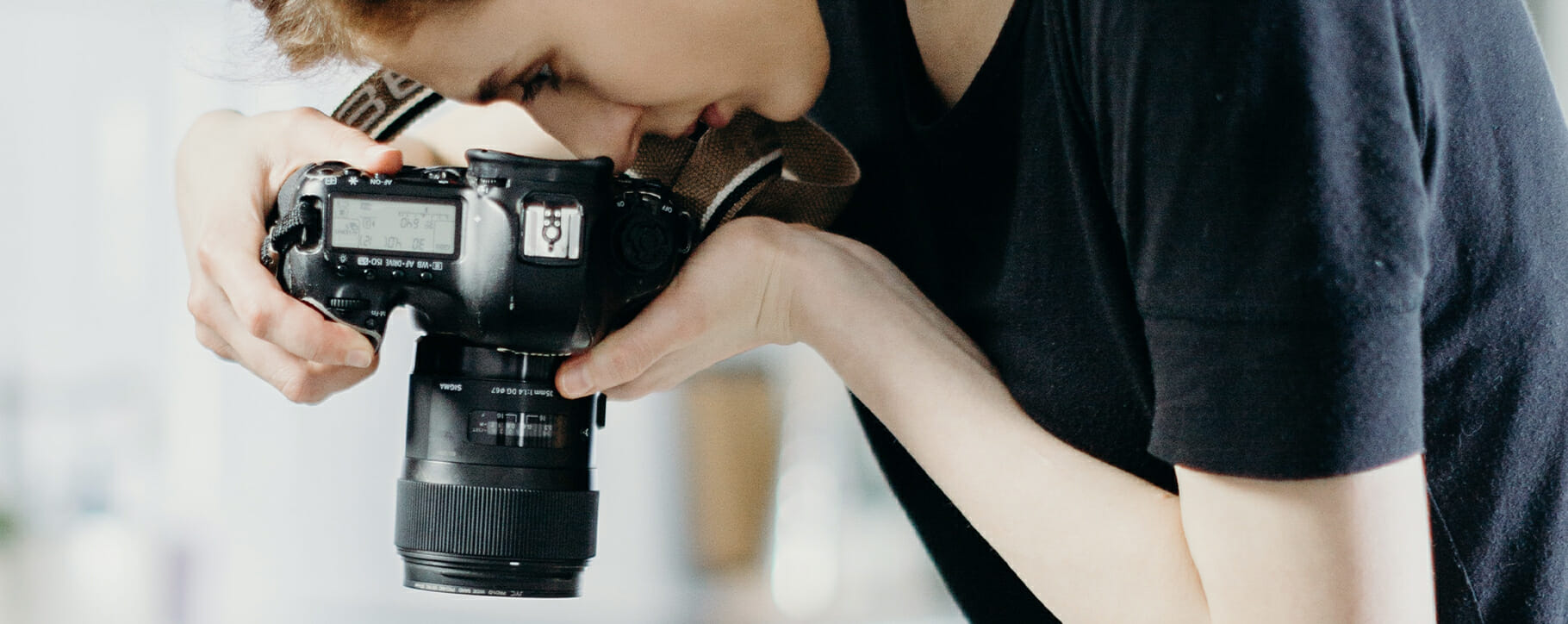 Above: technical photography can help to examine the surface of the artwork as well as underlying details
Above: technical photography can help to examine the surface of the artwork as well as underlying details Above: a painting can be photographed from various angles to examine the surface texture
Above: a painting can be photographed from various angles to examine the surface texture Above: technical photographs taken in visible light before any restoration treatment or further examination
Above: technical photographs taken in visible light before any restoration treatment or further examination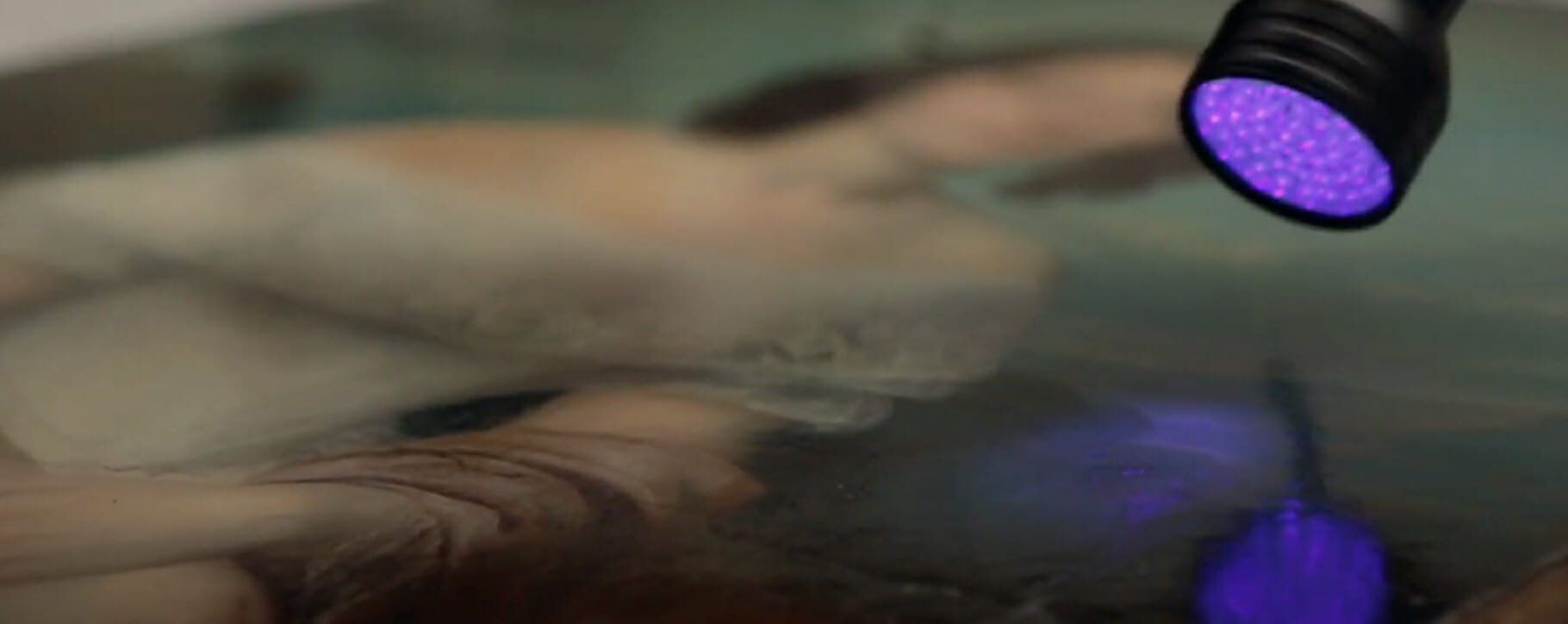 Above: paintings can also be assessed with a UV torch to find old areas of over-painting and repairs
Above: paintings can also be assessed with a UV torch to find old areas of over-painting and repairs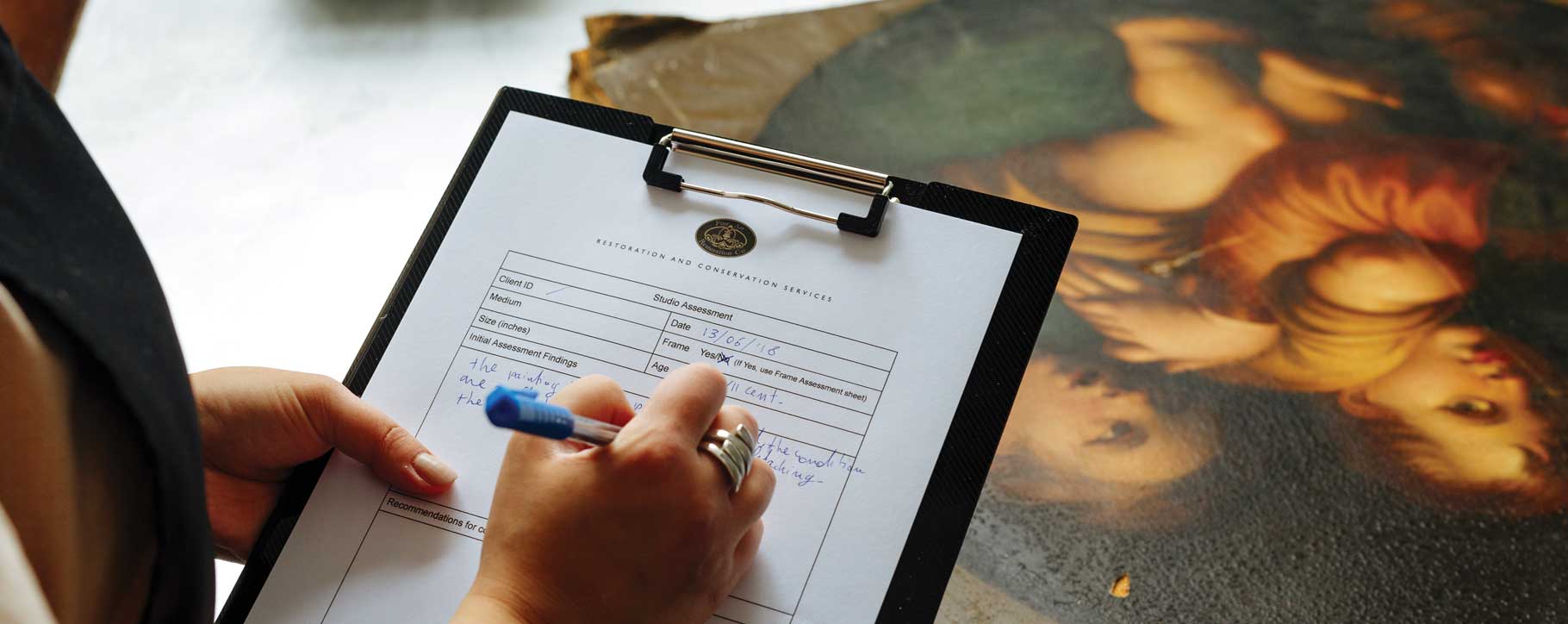 Above: our conservators can make a full condition report to record any issues and their recommended conservation treatments
Above: our conservators can make a full condition report to record any issues and their recommended conservation treatments 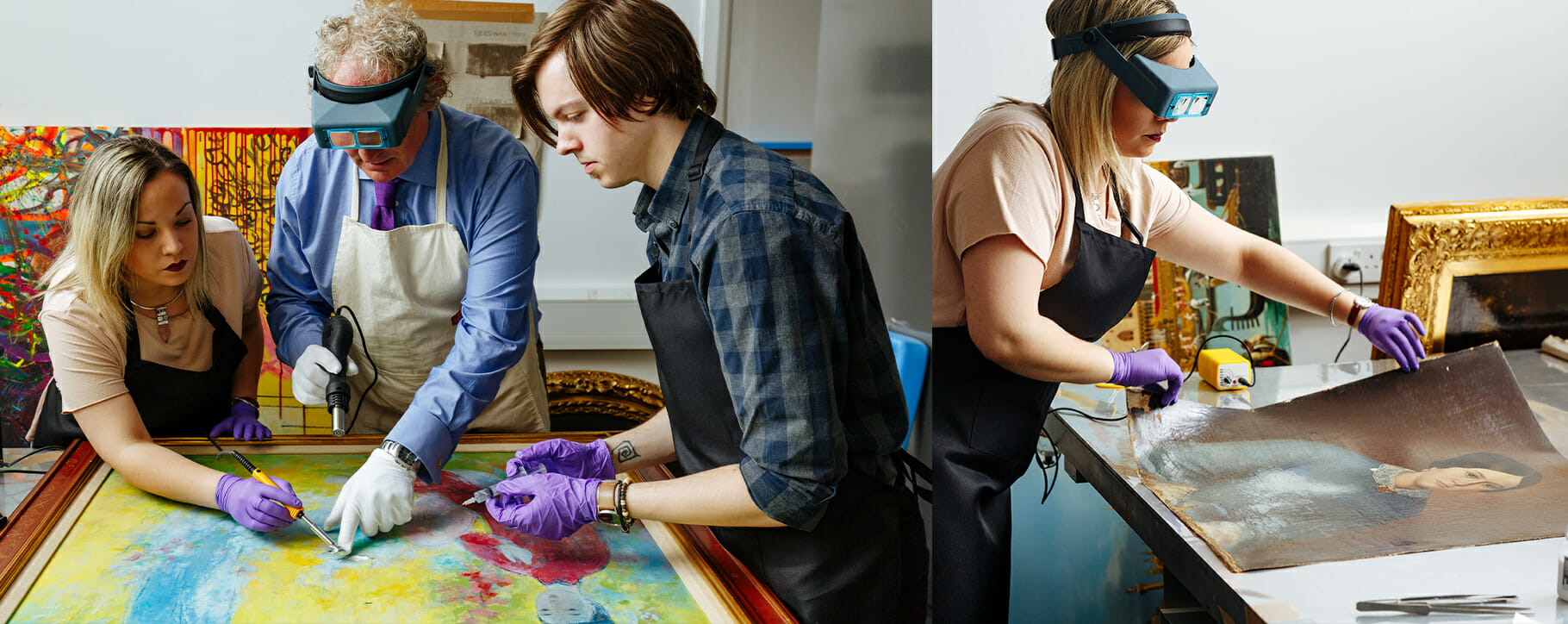 Above: our conservators working together to achieve the best results for an artwork in their care
Above: our conservators working together to achieve the best results for an artwork in their care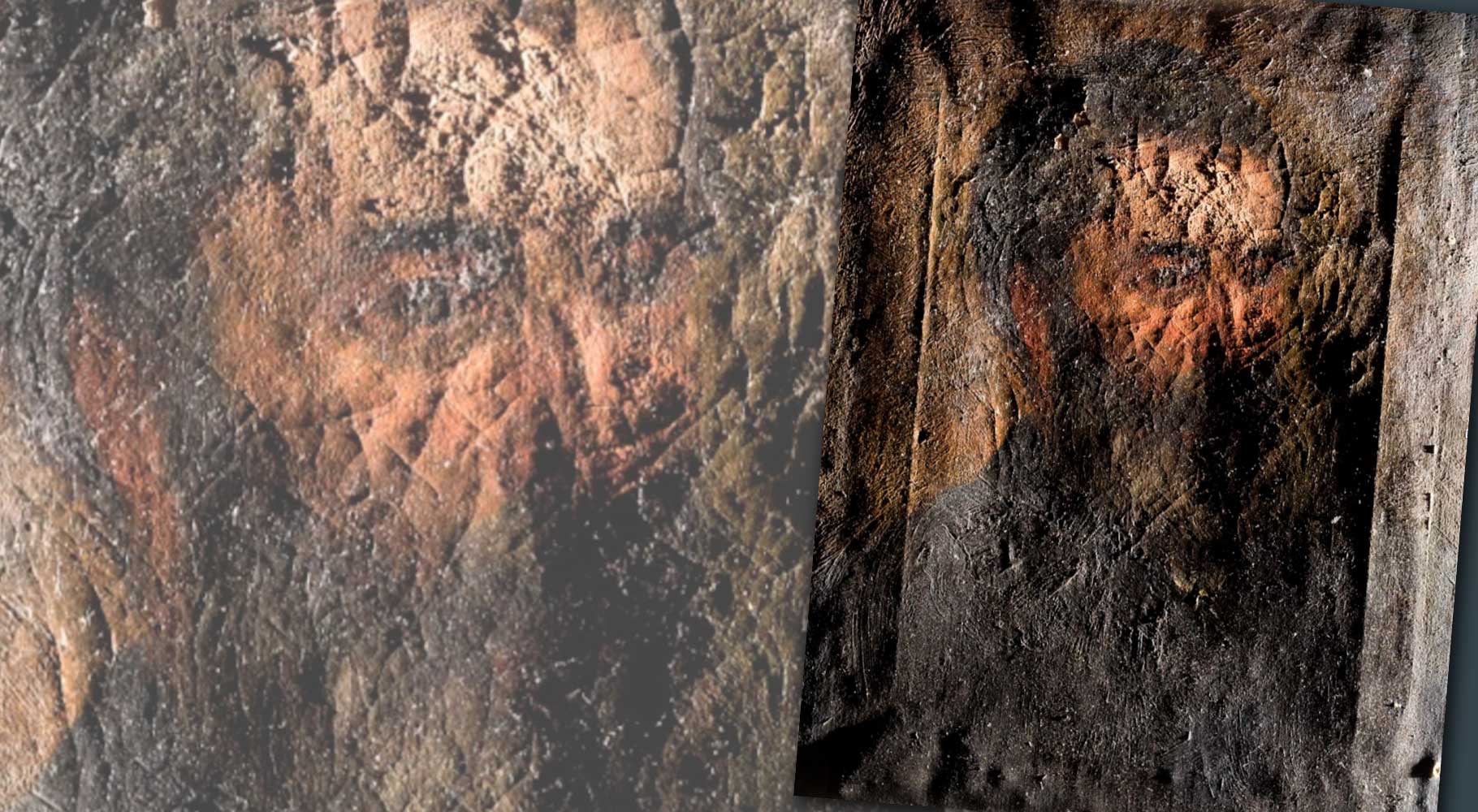 Above: technical photographs taken in raking light, allowing you to see the texture and deformations of the artwork
Above: technical photographs taken in raking light, allowing you to see the texture and deformations of the artwork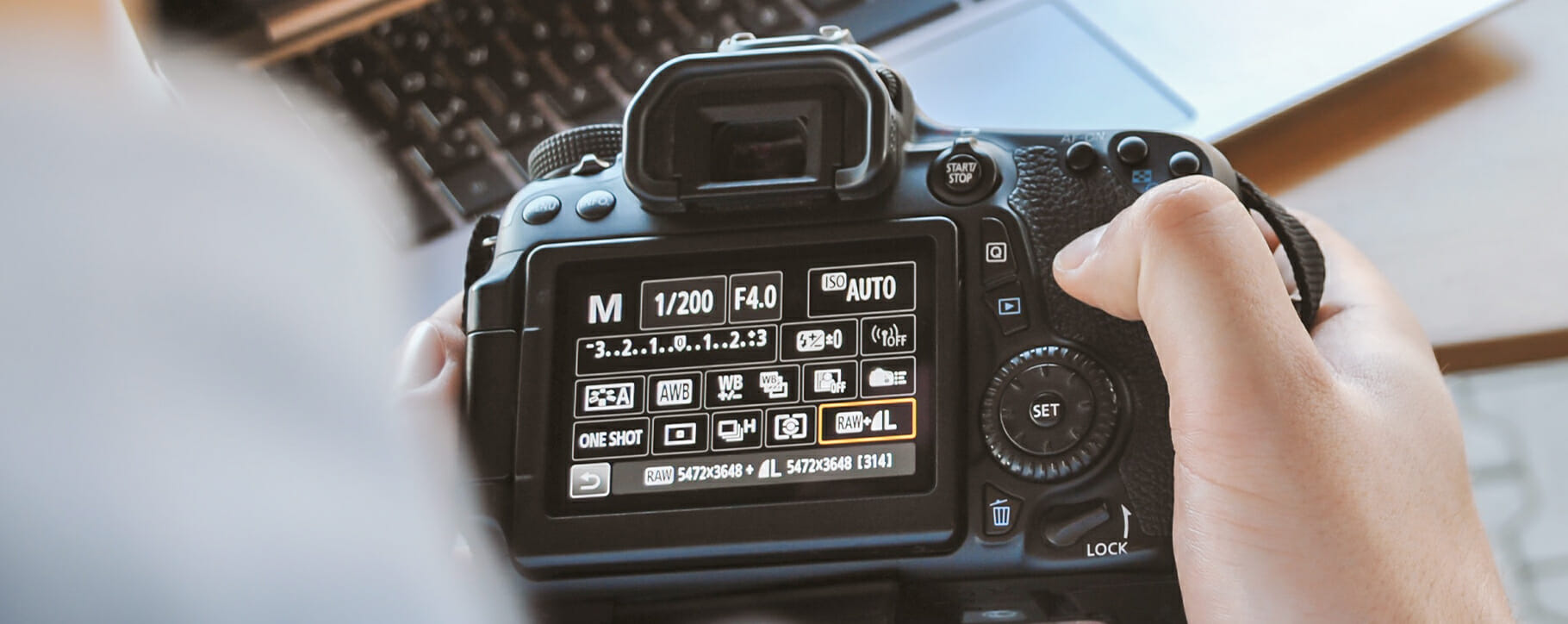 Above: photographs can be added to a condition report to give a thorough overview of an artwork condition and history
Above: photographs can be added to a condition report to give a thorough overview of an artwork condition and history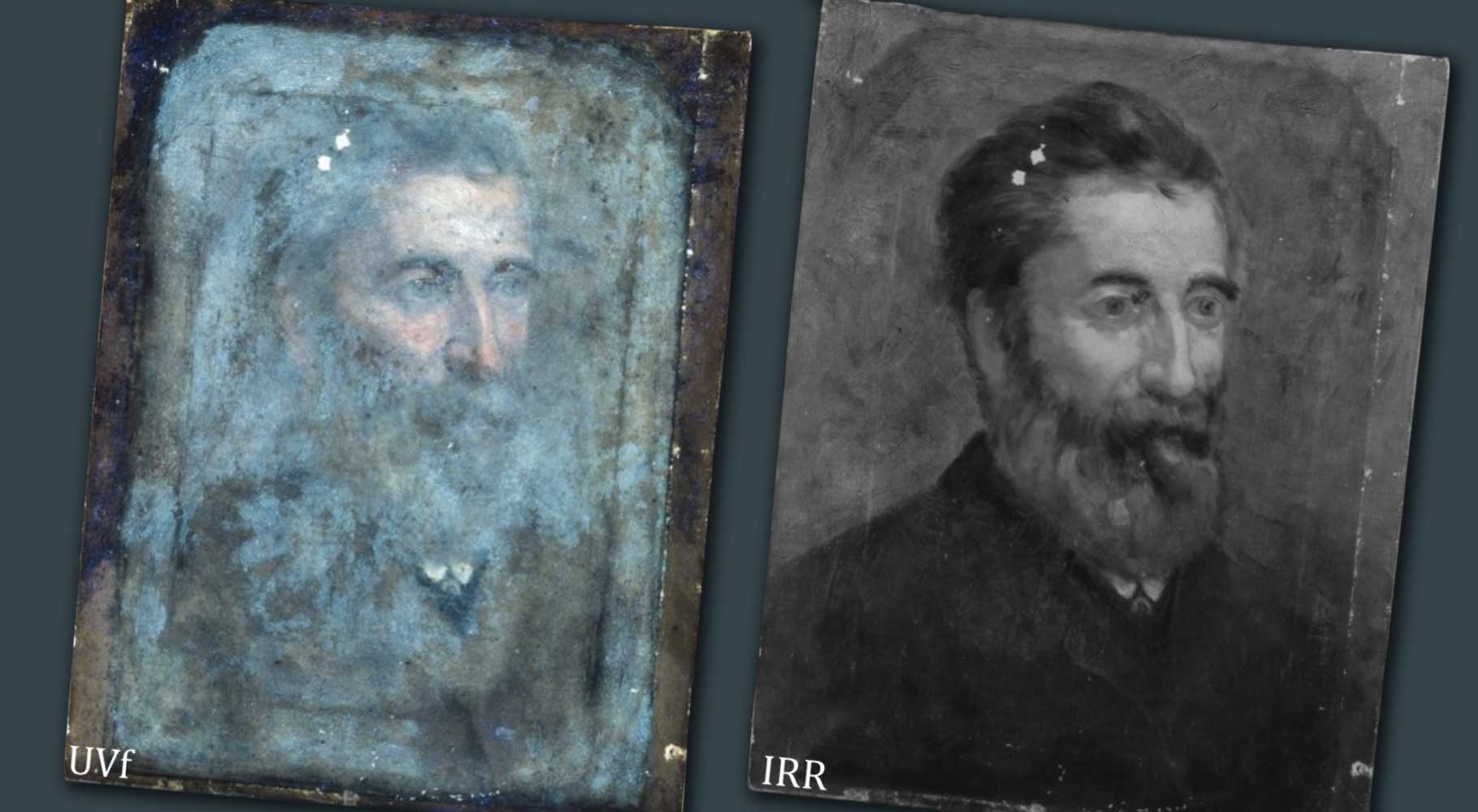 Above: the painting photographed with UVF and IRR
Above: the painting photographed with UVF and IRR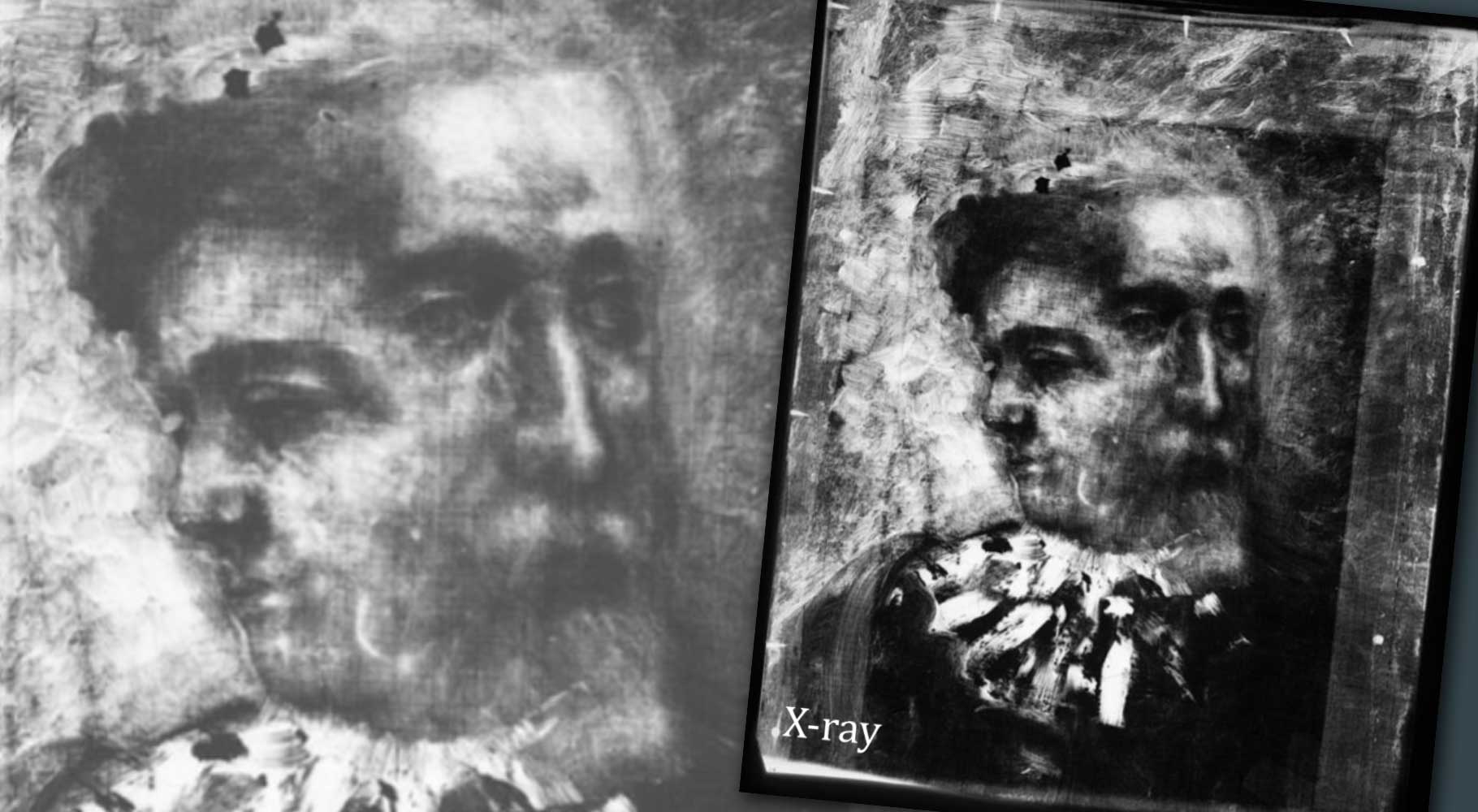 Above: a painting shown under an X-ray can sometimes reveal new details or entirely different paintings
Above: a painting shown under an X-ray can sometimes reveal new details or entirely different paintings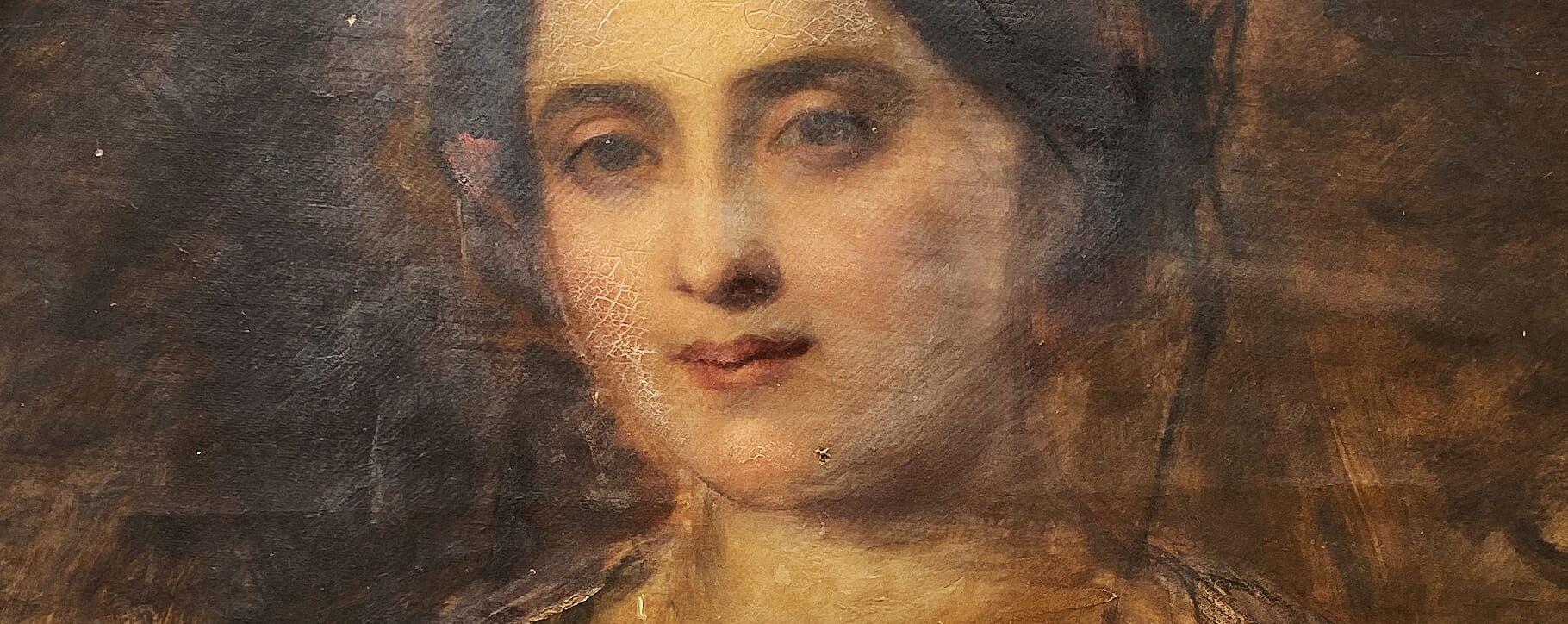 Above: oil paintings may have clues hidden beneath the surface, this can be found before restoration work begins to help guide the treatments
Above: oil paintings may have clues hidden beneath the surface, this can be found before restoration work begins to help guide the treatments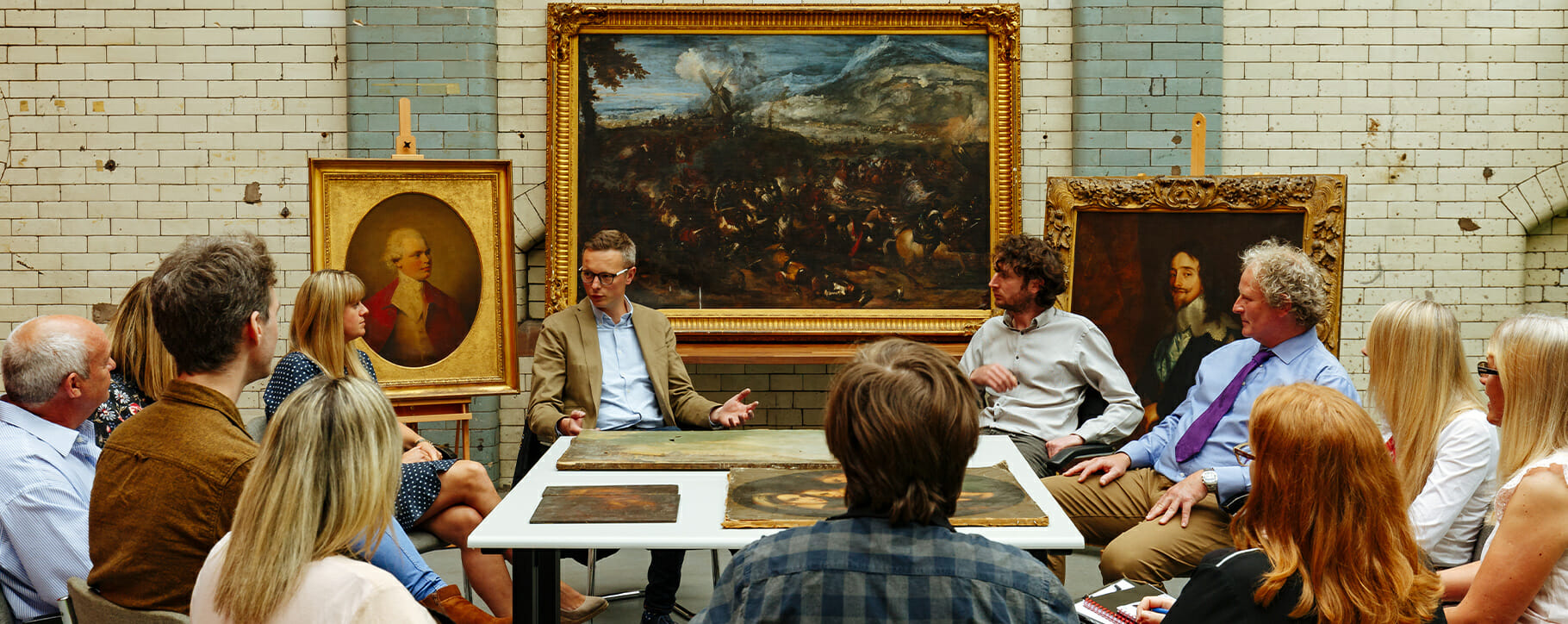 Above: our team discussing conservation treatments in our studio
Above: our team discussing conservation treatments in our studio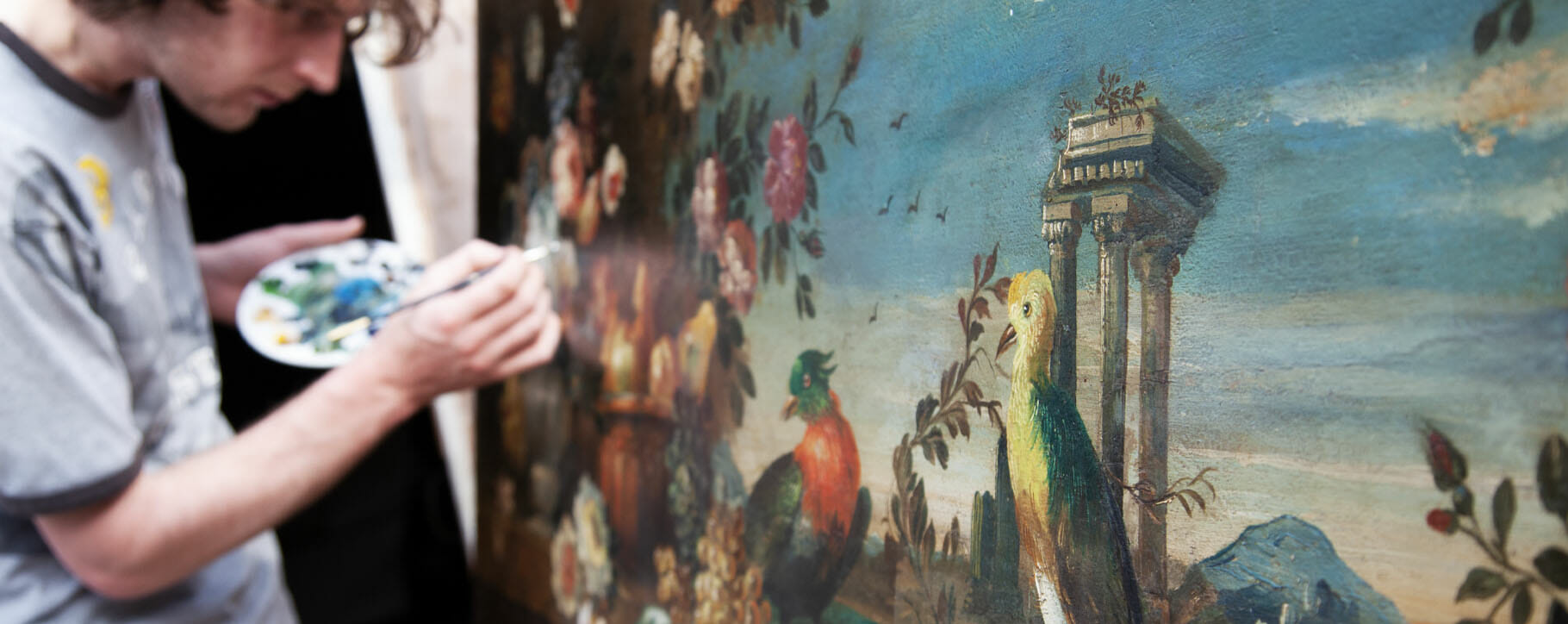 Above: our conservator retouching small areas on a damaged oil painting
Above: our conservator retouching small areas on a damaged oil painting Above: various signatures and dates found on oil paintings
Above: various signatures and dates found on oil paintings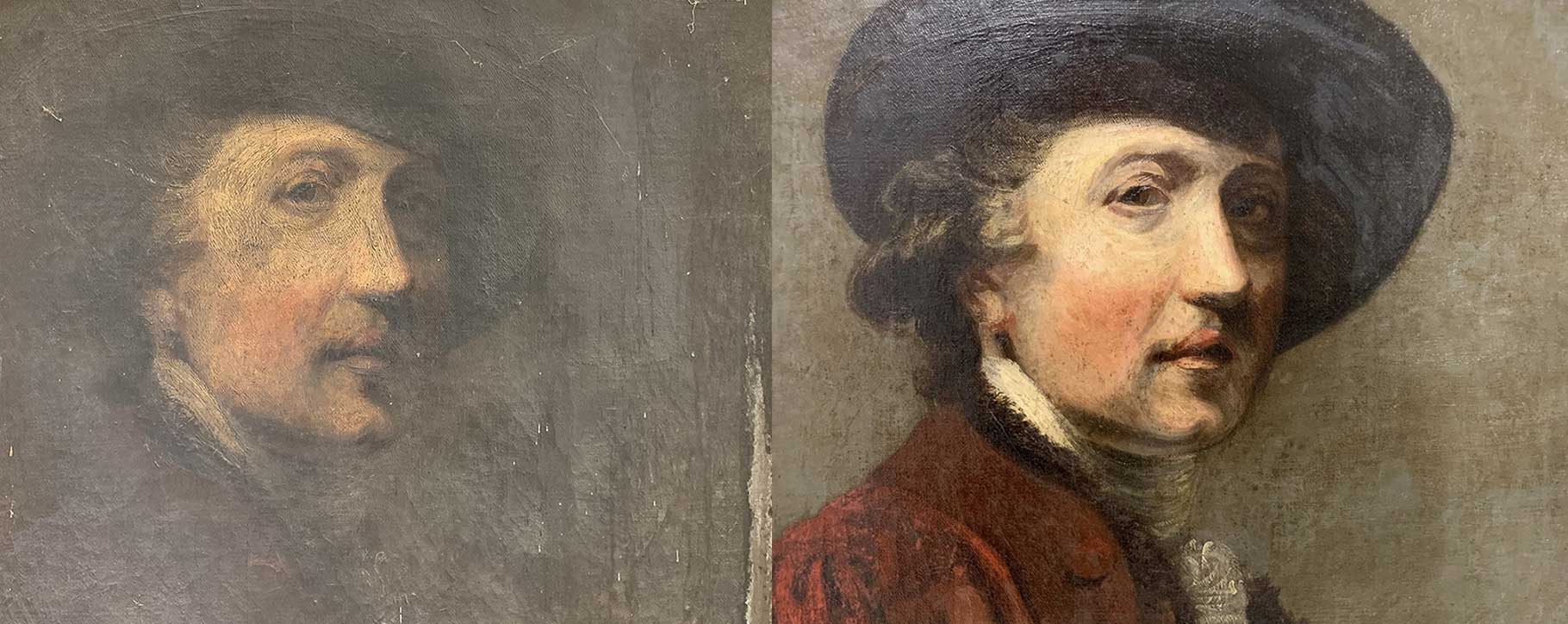 Above: a painting which had been hidden on the back of a canvas, before and after it was unveiled by our conservator
Above: a painting which had been hidden on the back of a canvas, before and after it was unveiled by our conservator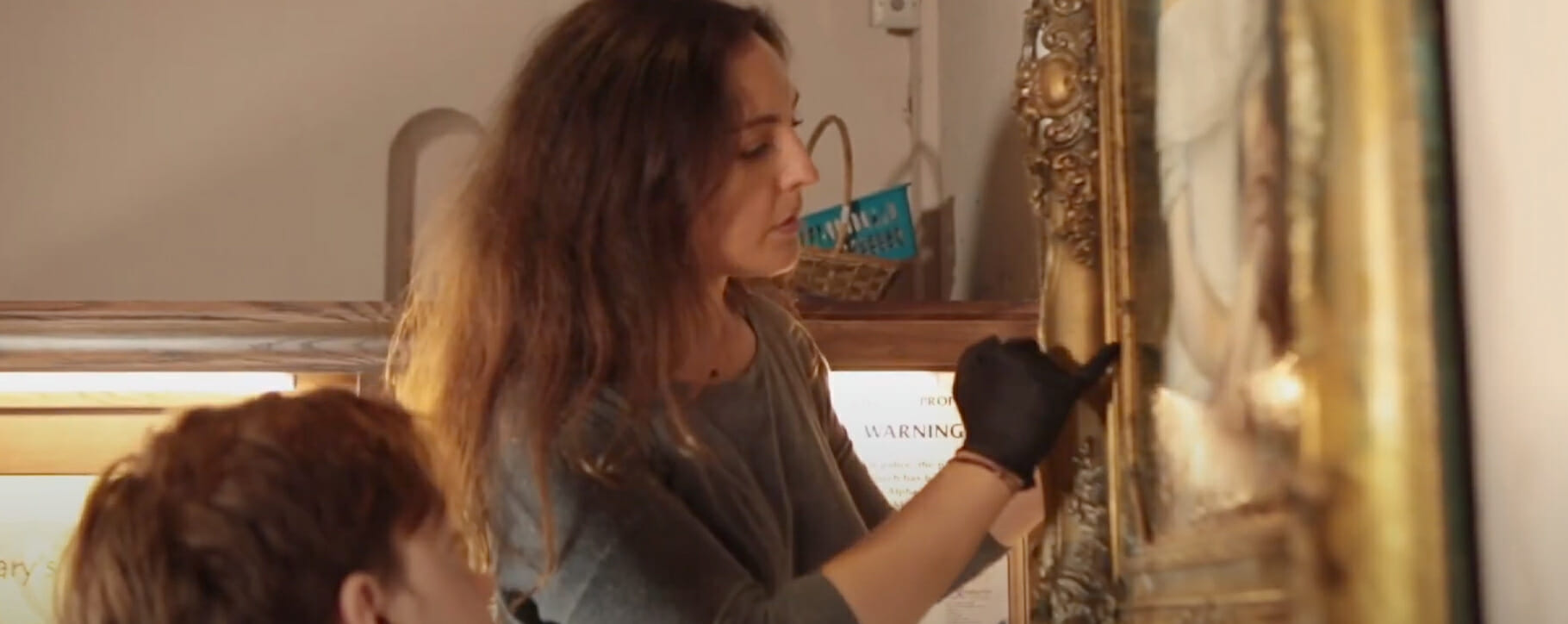 Above: artwork can be assessed in-situ if required, our conservators can visit and carry out their examination on site
Above: artwork can be assessed in-situ if required, our conservators can visit and carry out their examination on site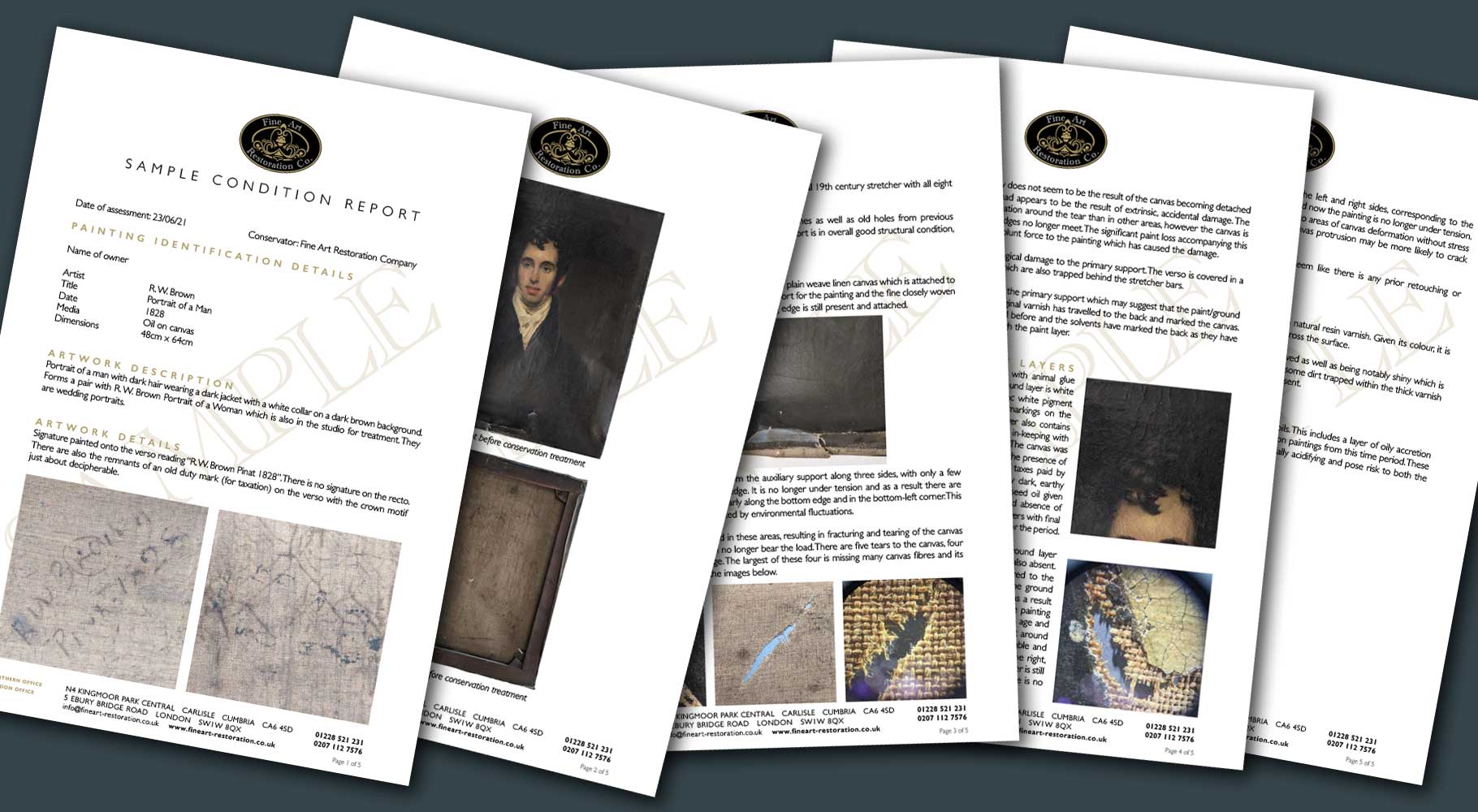 Above: a full condition report can be completed including technical photography and pigment analysis
Above: a full condition report can be completed including technical photography and pigment analysis




